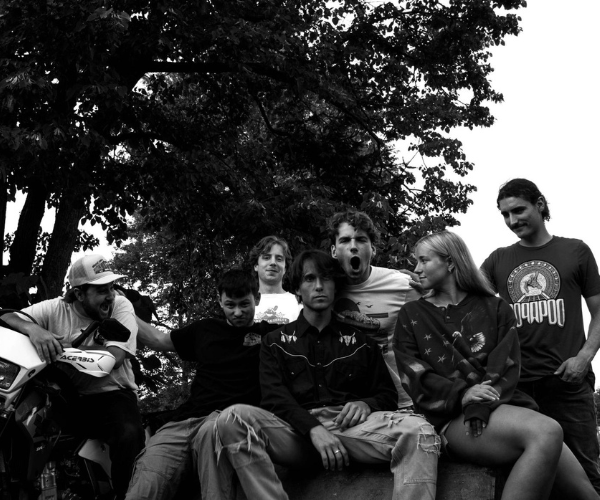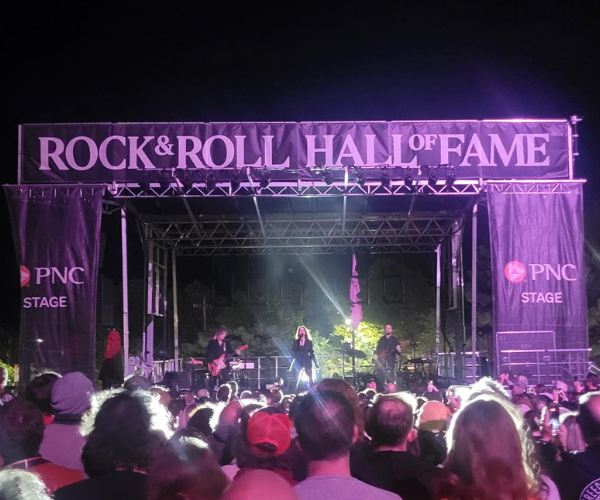Most musical instruments don’t make you feel simultaneously insignificant and larger than life. A tuba doesn’t fill most people with swells of emotion, nor does a clarinet or a flute.
But stand beside a pipe organ — next to the pipes as air shoots from them, sending magnificent chords resounding throughout a concert hall — and you will truly understand what it means to be moved by music.
Jeff Herr and Brian Thomas are responsible for making sure those huge sounds are harmonious every time a musician’s fingers and feet touch the keys and pedals of Severance Hall’s Norton Memorial Organ.
The two men work as tuners and voicers for the Schantz Organ Co., a 134-year-old business based in Orrville that periodically sends the duo to Severance Hall to inspect the organ’s more than 6,000 pipes.
“It’s a pleasure, it really is. It’s a lot of fun,” Herr says during an early October visit. “There’s really very little maintenance. ... This organ, for the most part, takes care of itself.”
Since Severance Hall is home to The Cleveland Orchestra, the venue’s temperature is well regulated, which minimizes how much the pipes “drift,” or fall out of tune over time, Herr explains.
But there is always plenty of work to be done uncovering the small tweaks that do need to be made. For that, Thomas sits at the organ console, playing keys that correspond to two pipes in the same section, while Herr tunes. All the pipes, wooden and metal alike, have adjustable collars —cranks or sticks that essentially make them longer or shorter — that adjust the pitch of each pipe.
“You’re comparing notes — two or more notes together — and try to make them sound like one,” Thomas explains. “You have to have a pretty good ear.”
And be pretty nimble. Herr must climb among the jungle of pipes that most people never see. What’s visible from the hall’s plush seats is just a fraction of the full instrument. Some of the pipes Herr works on are accessible only by squeezing sideways through tiny doors and climbing delicately over sets of smaller pipes. Made of mixtures of zinc, lead and tin, they are fragile and could be crushed by an unfortunate misstep.
The hulking musical instrument is essentially the same one that was installed at Severance Hall by the now-defunct E.M Skinner Co. in 1931 at a cost of $60,000. The pipes, however, were above the stage shell, making them difficult to hear from the audience. It didn’t help that the pipes were effectively walled off during renovations to the hall in the 1950s.
After a performance in 1976, Severance Hall’s organ wasn’t heard from again until the venue’s most recent round of renovations in the late 1990s. It was then that Schantz, which has 85 employees who design, build and maintain organs across the United States, was chosen to refurbish it. The $2 million project involved using a crane to move all of the organ’s 6,025 pipes through a hole cut in a fourth-floor wall. Amazingly, the two-and-a-half-year job resulted in the replacement of just two pipes and brought the impressive instrument back to life in 2001.
You could say this line of work is in Herr’s blood. He studied organ in college, currently plays it at his church, and his father spent 40 years working as an organ designer for Schantz.
“As a young child, I was always enamored and fascinated with the pipe organ, and just watching the organist play it was always a lot of fun and intriguing,” says Herr, who has 20 years with the company. “You have to love what you do.”
But stand beside a pipe organ — next to the pipes as air shoots from them, sending magnificent chords resounding throughout a concert hall — and you will truly understand what it means to be moved by music.
Jeff Herr and Brian Thomas are responsible for making sure those huge sounds are harmonious every time a musician’s fingers and feet touch the keys and pedals of Severance Hall’s Norton Memorial Organ.
The two men work as tuners and voicers for the Schantz Organ Co., a 134-year-old business based in Orrville that periodically sends the duo to Severance Hall to inspect the organ’s more than 6,000 pipes.
“It’s a pleasure, it really is. It’s a lot of fun,” Herr says during an early October visit. “There’s really very little maintenance. ... This organ, for the most part, takes care of itself.”
Since Severance Hall is home to The Cleveland Orchestra, the venue’s temperature is well regulated, which minimizes how much the pipes “drift,” or fall out of tune over time, Herr explains.
But there is always plenty of work to be done uncovering the small tweaks that do need to be made. For that, Thomas sits at the organ console, playing keys that correspond to two pipes in the same section, while Herr tunes. All the pipes, wooden and metal alike, have adjustable collars —cranks or sticks that essentially make them longer or shorter — that adjust the pitch of each pipe.
“You’re comparing notes — two or more notes together — and try to make them sound like one,” Thomas explains. “You have to have a pretty good ear.”
And be pretty nimble. Herr must climb among the jungle of pipes that most people never see. What’s visible from the hall’s plush seats is just a fraction of the full instrument. Some of the pipes Herr works on are accessible only by squeezing sideways through tiny doors and climbing delicately over sets of smaller pipes. Made of mixtures of zinc, lead and tin, they are fragile and could be crushed by an unfortunate misstep.
The hulking musical instrument is essentially the same one that was installed at Severance Hall by the now-defunct E.M Skinner Co. in 1931 at a cost of $60,000. The pipes, however, were above the stage shell, making them difficult to hear from the audience. It didn’t help that the pipes were effectively walled off during renovations to the hall in the 1950s.
After a performance in 1976, Severance Hall’s organ wasn’t heard from again until the venue’s most recent round of renovations in the late 1990s. It was then that Schantz, which has 85 employees who design, build and maintain organs across the United States, was chosen to refurbish it. The $2 million project involved using a crane to move all of the organ’s 6,025 pipes through a hole cut in a fourth-floor wall. Amazingly, the two-and-a-half-year job resulted in the replacement of just two pipes and brought the impressive instrument back to life in 2001.
You could say this line of work is in Herr’s blood. He studied organ in college, currently plays it at his church, and his father spent 40 years working as an organ designer for Schantz.
“As a young child, I was always enamored and fascinated with the pipe organ, and just watching the organist play it was always a lot of fun and intriguing,” says Herr, who has 20 years with the company. “You have to love what you do.”



